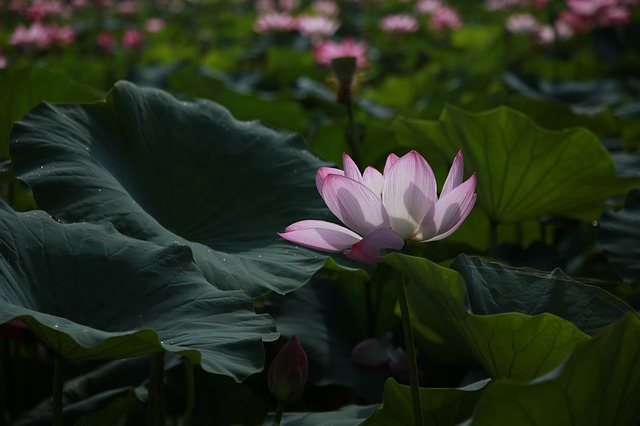Table of Contents
“Lifefulness” is the new book written by Giuseppe Cloza, a practicing Buddhist for more than 40 years, who helps us to approach Buddhism through his stories and experiences related to this practice.
Lifefulness: what is Buddhism? Cloza reveals it
Lifefulness stands precisely to indicate how the Buddhism in reality it is not simply a religion. it is something more. Buddhism is a life practice as it involves every aspect of a person’s daily life. Buddhism helps to approach things with a positive energy that you learn to pull out from within. So something that you have within yourself. Buddhism in fact helps to know oneself better and to identify in one’s personality the turning keys of one’s life.
Particularly focusing on the Nichiren Buddhism and Nam myoho renge kyo, Giuseppe Cloza in his book tries to illustrate a concrete approach to Buddhism to live the practice to the fullest in the daily actions that characterize one’s day. Through this reading you will be able to discover the beneficial effects of Buddhist practice on our body.
Lifefulness: how to practice a new way of experiencing life?
L’target of Giuseppe Cloza’s book is not only to approach Buddhism but also to make people understand that there is nothing irremediable in life.
Everything can be resolved, Giuseppe confirms. From mistakes we start again eteverything can always be reborn, amazing us. Buddhism gives a particular energy that manages to lift the spirits.

Lifefulness is not a book for Buddhists. it is a book for those who do not yet know they are. A book for everyone that helps to bring as many people as possible to the practice. Alla serenity to face life with a new mental lightness. Being a Buddhist is not at odds with also practicing other religions. One can be a practicing Catholic and also practice Buddhism. You can work in finance like me and live according to i precepts of Buddhism.
Approaching Buddhism, therefore. This is the invitation that Lifefulness reserves for readers. How?
Some goodies of Buddhism in a nutshell
One of the most important things that the book on Buddhism teaches is learn to unlearn. You don’t learn everything methodically, you don’t understand everything with schemes and lessons. Life is also learned when we abandon ourselves, when we believe we are not learning anything. When we are outside the conventional environments appointed to teach us “something”.
Another important aspect is learn to understand how functional and rich in quality we are inside us. However, we often don’t know how exploit, or how to bring out. Learning to accept ourselves, to listen to us and believe in ourselves without ever losing the connection with others. Buddhism and in particular, Nam myoho renge kyo, serve to reactivate this connection.
The Nam myoho renge kyo it’s a mantra, a phrase in ancient Chinese, “Daimoku of the Lotus Sutra“, Or the main teachings of Siddhartha. Nichiren Daishonin in the Middle Ages he argued that the recitation of this sentence could encompass all the principles of Buddhism, which is why it is paradigmatically used to identify such a complex practice.
READ ALSO: The 6 essential apps to start meditation











